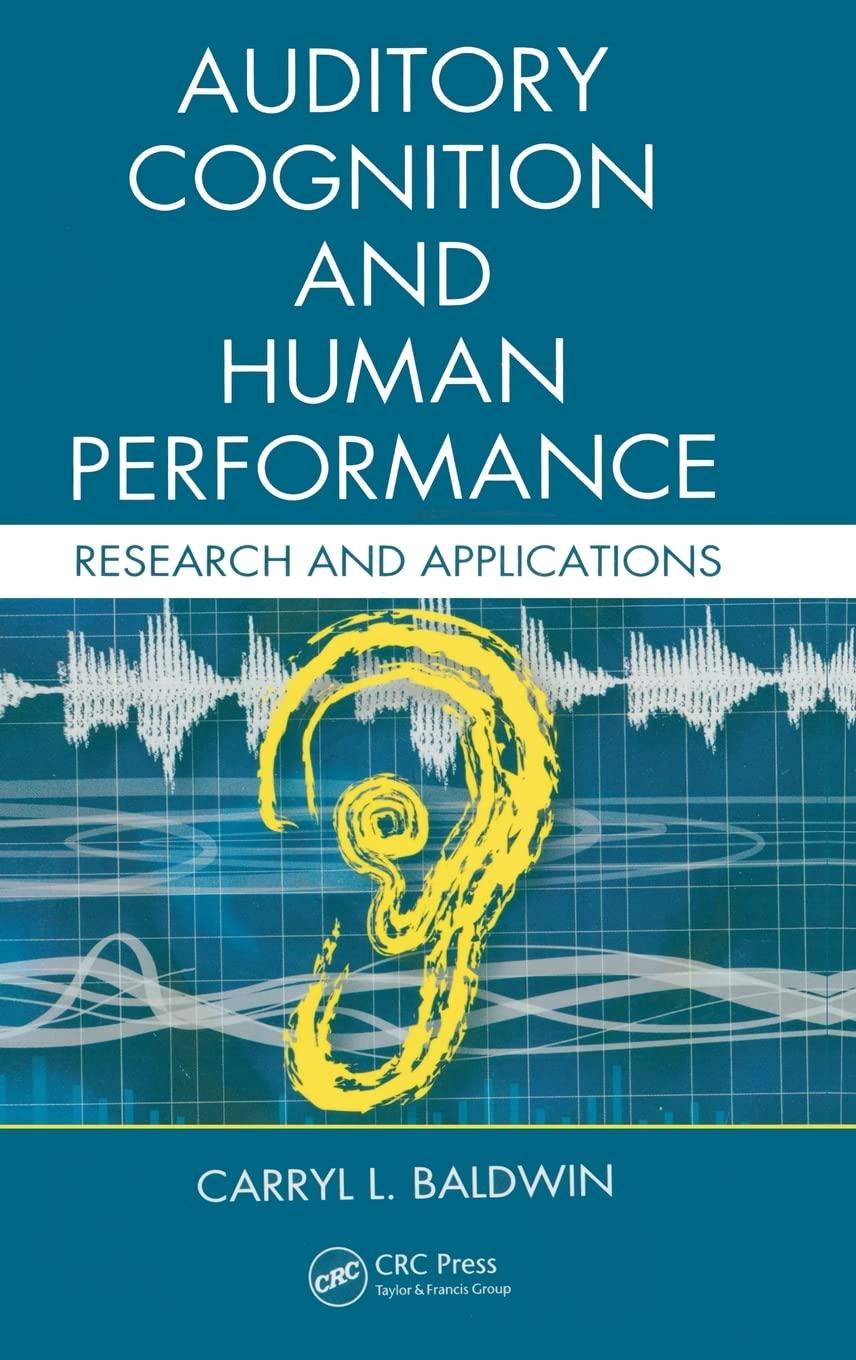Question
1. A company issues 9%, $340,000 bonds at par value on April 1, 2013. These bonds pay interest annually. What is the total cash interest
1.
| A company issues 9%, $340,000 bonds at par value on April 1, 2013. These bonds pay interest annually. What is the total cash interest payment on April 1, 2014 by the bond issuer? |
$30,600
$5,100
$17,850
$2,550
$20,400
____________________________________
2.
| A company must repay the bank $40,000 cash in three years for a loan. The loan agreement specifies 8% interest compounded annually. The present value factor for three years at 8% is 0.7938. How much cash did the company receive from the bank on the day they borrowed this money? |
$30,400
$31,752
$40,000
$36,800
$49,600
_____________________________________________________
3.
| On January 1, 2013, a company issued and sold a $350,000, 7%, 10-year bond payable and received proceeds of $346,500. Interest is payable each June 30 and December 31. The company uses the straight-line method to amortize the discount. The journal entry to record the first interest payment is: |
| Bond interest expense | 12,075 | |
| Discount on bonds payable | 175 | |
| Cash | 12,250 |
| Bond interest expense | 24,500 | |
| Cash | 24,500 |
| Bond interest expense | 12,250 | |
| Discount on bonds payable | 175 | |
| Cash | 12,425 |
| Bond interest expense | 12,250 | |
| Cash | 12,250 |
| Bond interest expense | 12,425 | |
| Cash | 12,250 | |
| Discount on bonds payable | 175 |
_____________________________________________________
4.
| A company issued five-year, 7% bonds with a par value of $600,000. The market rate when the bonds were issued was 6.5%. The company received $682,200 cash for the bonds. Using the straight-line method, the amount of recorded interest expense for the first semiannual interest period is: |
$12,780.00
$42,000.00
$47,754.00
$23,877.00
$21,000.00
_____________________________________________________
5.
| A company issued 10-year, 8% bonds with a par value of $480,000. The company received $456,000 for the bonds. Using the straight-line method, the amount of interest expense for the first semiannual interest period is: |
$40,800
$20,400
$38,400
$18,000
$19,200
_____________________________________________________
6.
| A company issued 25-year, 8% bonds with a par value of $1,060,000. The company received $1,176,600 cash for the bonds. Using the straight-line method, the amount of interest expense for the first semiannual interest period is: |
$47,064.0
$42,400.0
$37,736.0
$40,068.0
$44,732.0
___________________________________________
7.
| A company has bonds outstanding with a par value of $375,000. The unamortized premium on these bonds is $10,125. If the company retired these bonds at a call price of 99, the gain or loss on this retirement is: |
$10,125 gain
$3,750 gain
$13,875 gain
$10,125 loss
$3,750 loss
Step by Step Solution
There are 3 Steps involved in it
Step: 1

Get Instant Access to Expert-Tailored Solutions
See step-by-step solutions with expert insights and AI powered tools for academic success
Step: 2

Step: 3

Ace Your Homework with AI
Get the answers you need in no time with our AI-driven, step-by-step assistance
Get Started


